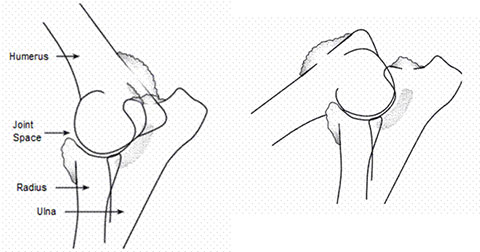
Rupture of the Anterior Cruciate Ligament (ACL)

So What is Anterior Cruciate Ligament (ACL) in Labrador Retrievers?
You may have heard of torn Rupture of the Anterior Cruciate Ligament (ACL) happening to human athletes, but did you know that it could happen to dogs too? Our knees are connected by ligaments that prevent the tibia and femur from painfully rubbing against each other. Ligaments also take a big part in movement and flexibility.
How do Labradors Retrievers rupture their ligaments?
Hind legs gets twisted either through accidents or lifestyle problems. Slippery floors and pitchfork turns puts your dogs at more risk since one wrong snap in the wrong direction could lead to the rupture of the anterior cruciate ligament. Hence, precautionary measures should be taken especially with Labrador Retrievers which is a very active and energetic breed. Also, supervision and mindfulness is crucial to prevent vehicular accidents which is also one of the leading causes for torn ACLs.
Torn ligaments and obesity in Labrador Retrievers
Besides accidents, a dog’s lifestyle could also gradually lead to torn ligaments specifically obesity. The dog’s weight places too much pressure on the ligaments, creating too much friction that the ligaments connecting the tibia and knee together slowly degenerates until it’s torn. Studies also show that Labrador Retrievers are one of the breeds with an increased risk of developing this problem and it could affect BOTH knees, so it is best to take proper precautionary measures and try as much as possible to provide a healthy environment for your pet. Remember that prevention is better than cure.
Symptoms of the Rupture of the Anterior Cruciate Ligament (ACL) in Labrador Retrievers
Speaking of cure, if through whatever unfortunate cause your Labrador ruptures his or her ACL, proceed to your vet immediately. The first thing a vet should do is to diagnose and confirm that the problem is a torn ligament and not any other problem through a test called “drawer sign” where the tibia can be moved back and forth along the femur like a drawer being opened and closed. Sadly, this will be a painful experience for your dog and they may tense up too much that the drawer symptom may not manifest, so they’re often sedated to continue with the examination without feeling too much pain. Swelling may also occur along the interior of the knee, the extent of which could be seen through radiographs.
Treatment of the Rupture Anterior Cruciate Ligament (ACL) in Labrador Retrievers
As for the treatment, there are several surgical and non-surgical procedures that you could take depending on the extent of the rupture, the overall health of the dog, and your budget. One of the surgeries involves adjusting the tibia by cutting it and reattaching it in another location with the use of screws and plates. The procedure is called a Tibial Plateau Leveling Osteotomy (TLPO), which has had excellent results in stabilizing the joints with relatively less side effects. This procedure is recommended for most overweight dogs. The recovery period could take a month or more and this includes weeks of confinement and limited activity.
Another surgical procedure involves a transplant where the dog’s own tissue is sutured in between the femur and tibia, using synthetic materials, to basically grow back the ligament. Post-surgery requires a couple of weeks of confinement with minimal activity, along with be several instructions from your veterinarian regarding physical activities and exercises that you should strictly follow, the estimated recovery time is the same for all surgical procedures.
The last surgical procedure is like a combination of the previous ones where a part of the tibia is sort of carved off and then replaced in another part most affected by the torn ligament. The purpose is to find a better balance and stabilization of the joints, as well as ease the pressure off by changing the angle of the mechanical stress. This is a more complicated procedure, but recovery time is similar with the previous procedures.
For Labradors Retrievers who have preexisting health problems that could exacerbate the problem during a procedure, or for the dog who only has a partially torn ligament, a non-surgical option is available. It will require a lot of patience and effort on the owner’s part to discipline the dog to limited physical activities – following a regime recommended by the vet – and to place your Labrador Retriever in a healthy diet and in some non-steroidal anti-inflammatory medication for 2 to 3 months.
Waste no time in Treating Your Labrador Retrievers
If you don’t take action in your Labrador Retrievers ACL now, or any form of torn ligaments, it will only get worse and more painful for your dog, either by actually aggravating the injury or other degenerative diseases could co-occur. If you follow the guidelines set by your vet, prevent your dog from getting obese, and it’s not the end of the world for your dog yet. It still has a lot of chance to live a happy and meaningful life.
Looking after our Labrador Retrievers well being and especially their health is the key to ensuring both you and your Labrador Retriever is Happy.





